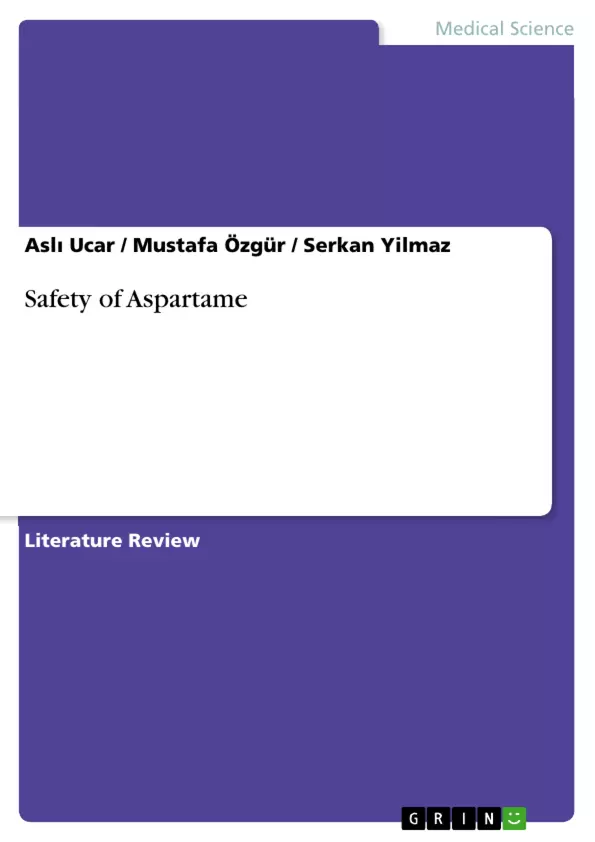Sweeteners are the most discussed among the food additives. Those, used as alternatives to sucrose, are generally referred to as ''alternative sweeteners''. The first registered sweetener was honey, but as time pasts the common sugar took its place. Artificial sweeteners came into use, because diabetes and obesity rate was increased due to use of common sugar. The first used artificial sweetener was saccharin. Aspartame and cyclamate were used following the saccharin.
They are produced to be used instead of sugar, have the same taste as sugar, are not considered as harmful to health, have low calorie and/or without calories. Increasing with the prevalence of obesity, individuals wishing to reduce energy intake have talented particularly to energy-free sweeteners and low-calorie products. The products made with sweeteners are equivalent to the product made with sugar being preferred by producers and consumers. During the past two decades, worldwide low-calorie food consumption has considerably increased, thus leading to an increase in health concerns associated with high intake of synthetic sweeteners. In this book safety of aspartame was reviewed.
Inhaltsverzeichnis (Table of Contents)
- INTRODUCTION
- ASPARTAME
- History
- Chemical Properties
- Aspartame Usage Rules and Safety Assessment
- Biochemistry and Metabolism
- Toxicological Profile
- Acute Toxicity
- Sub-Chronic Toxicity
- Chronic Toxicity
- Genotoxicity
- Other Studies Related to Aspartame
- CONCLUSION
- REFERENCES
Zielsetzung und Themenschwerpunkte (Objectives and Key Themes)
This document aims to provide a comprehensive overview of the safety of aspartame, a widely used artificial sweetener. It explores the history, chemical properties, usage rules, biochemistry, metabolism, and toxicological profile of aspartame, drawing upon various studies and research findings.
- The history and evolution of artificial sweeteners, particularly aspartame.
- The chemical properties and usage rules of aspartame, including safety assessments.
- The biochemistry and metabolism of aspartame in the human body.
- The toxicological profile of aspartame, examining acute, sub-chronic, chronic, and genotoxic effects.
- Other studies related to aspartame and its potential health implications.
Zusammenfassung der Kapitel (Chapter Summaries)
The introduction highlights the increasing prevalence of obesity and the growing demand for alternative sweeteners like aspartame. It discusses the history of artificial sweeteners, their use as sugar substitutes, and their potential benefits in reducing calorie intake.
Chapter 2 focuses on aspartame, examining its history, chemical properties, usage rules, safety assessment, biochemistry, metabolism, and toxicological profile. It explores various aspects of aspartame's safety, including acute, sub-chronic, chronic, and genotoxic effects. This chapter also delves into other studies related to aspartame's impact on health.
Schlüsselwörter (Keywords)
This work examines the safety of aspartame, exploring its chemical properties, metabolism, toxicological profile, and various studies related to its health effects. Key terms include artificial sweeteners, aspartame, safety assessment, toxicology, acute toxicity, sub-chronic toxicity, chronic toxicity, genotoxic effects, biochemistry, metabolism, and public health implications.
- Quote paper
- Aslı Ucar (Author), Mustafa Özgür (Author), Serkan Yilmaz (Author), 2017, Safety of Aspartame, Munich, GRIN Verlag, https://www.grin.com/document/374590



